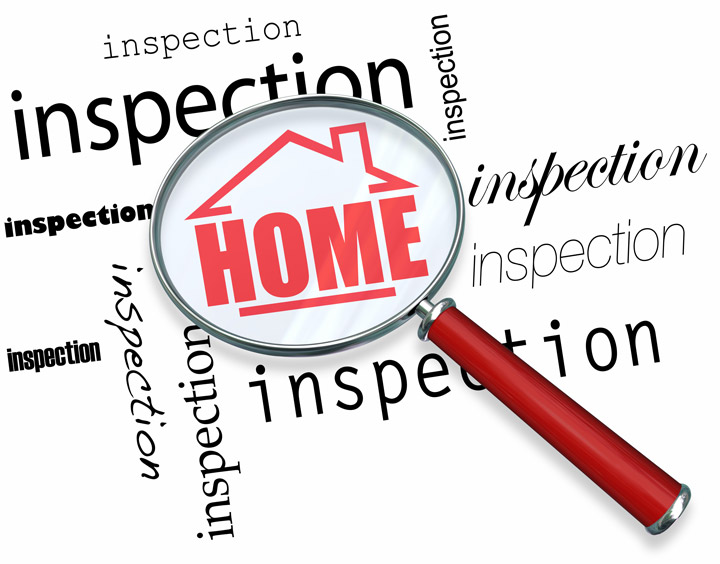
Comprehending AppraisalsPurchasing a home can be the largest financial decision many of us will ever consider. Whether it's a main residence, a seasonal vacation property or a rental fixer upper, the purchase of real property is a complex transaction that requires multiple parties to see it through. It's likely you are familiar with the parties having a role in the transaction. The most familiar face in the exchange is the real estate agent. Next, the lender provides the money necessary to fund the transaction. And ensuring all areas of the transaction are completed and that a clear title transfers from the seller to the purchaser is the title company. So, who makes sure the value of the property is in line with the amount being paid? This is where you meet the appraiser. We provide an unbiased estimate of what a buyer could expect to pay — or a seller receive — for a parcel of real estate, where both buyer and seller are informed parties. A licensed, certified, professional appraiser from Kilpatrick & Sconyers Agency will ensure, you as an interested party, are informed. Appraisals begin with the inspectionTo determine an accurate status of the property, it's our duty to first perform a thorough inspection. We must see aspects of the property first hand, such as the number of bedrooms and bathrooms, the location, living areas, etc, to ensure they indeed are present and are in the condition a reasonable person would expect them to be. To ensure the stated square footage is accurate and convey the layout of the home, the inspection often includes creating a sketch of the floorplan. Most importantly, the appraiser looks for any obvious features - or defects - that would affect the value of the property. Once the site has been inspected, an appraiser uses two or three approaches to determining the value of the property: a sales comparison, a replacement cost calculation, and an income approach when rental properties are prevalent. 
Replacement CostThis is where we analyze information on local construction costs, labor rates and other elements to calculate how much it would cost to construct a property comparable to the one being appraised. This estimate usually sets the upper limit on what a property would sell for. The cost approach is also the least used method. 
Paired Sales AnalysisAppraisers are intimately familiar with the subdivisions in which they work. They innately understand the value of specific features to the homeowners of that area. Then, the appraiser researches recent sales in close proximity to the subject and finds properties which are 'comparable' to the property in question. By assigning a dollar value to certain items such as square footage, extra bathrooms, hardwood floors, fireplaces or view lots (just to name a few), we add or subtract from each comparable's sales price so that they more accurately portray the features of subject property.
An opinion of what the subject could sell for can only be determined once all differences between the comps and the subject have been evaluated. At Kilpatrick & Sconyers Agency, we are experts when it comes to knowing the worth of particular items in Swainsboro and Emanuel County neighborhoods. This approach to value is most often given the most weight when an appraisal is for a real estate purchase. Valuation Using the Income ApproachA third method of valuing real estate is sometimes used when an area has a reasonable number of rental properties. In this scenario, the amount of income the real estate generates is factored in with other rents in the area for comparable properties to derive the current value. Arriving at a Value ConclusionCombining information from all approaches, the appraiser is then ready to document an estimated market value for the property at hand. Note: While the appraised value is probably the most reliable indication of what a property is worth, it may not be the final sales price. Depending on the individual circumstances of the buyer or seller, their level of urgency or a buyer's desire for that exact property, the closing price of a home can always be driven up or down.Regardless, the appraised value is often used as a guideline for lenders who don't want to loan a buyer more money than they could recover in case they had to put the property on the market again. It all comes down to this, an appraiser from Kilpatrick & Sconyers Agency will help you discover the most fair and balanced property value, so you can make profitable real estate decisions. |